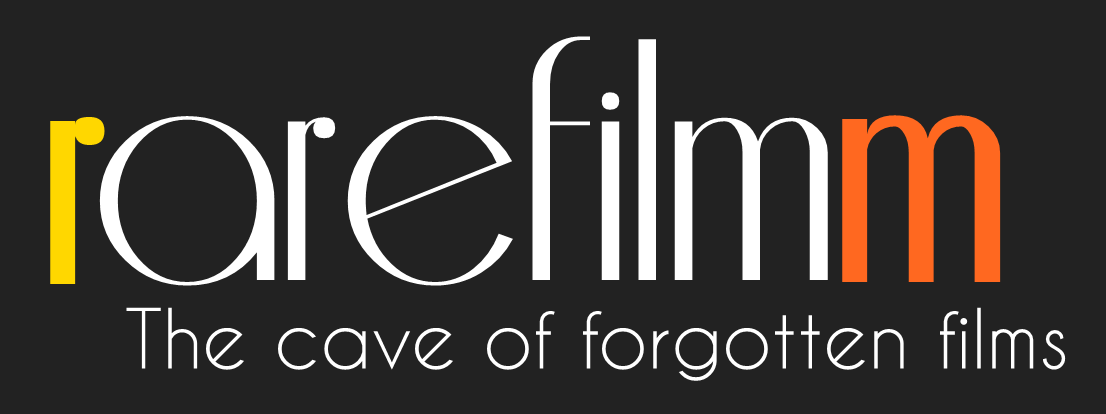Tetsuro Tamba portrays Kotaro Takamura, one of Japan’s most celebrated artists. A poet and sculptor, Takamura is married to Chieko, who has artistic aspirations of her own. She gradually comes to realize that her husband has all the talent in the family; as she sinks deeper into depression, Takamura tries to comfort her by writing several poems in her honor. She descends into insanity, while Takamura manifests his despair into some of his greatest artistic achievements.
Tag: 1960s
If you can read a face like a book, then here it is a book of poetry. Loose brushstrokes sketch a series of portraits of two faces, one male and one female, whilst the verse on the soundtrack tells the tale of both one and a thousand relationships. Alison de Vere was responsible for both the text and images, and the film was released in the same year she worked as a designer on the animated Beatles feature, Yellow Submarine.
The last film of Andrzej Munk, who died in a car crash during the filming. A former guard in the women’s section of Auschwitz encounters a passenger on a cruise ship who was one of her prisoners. This sets off a series of flashbacks concerning those terrible days, and the struggle of wills that took place between prisoner and guard.
This highly symbolic Iranian drama (shot in black-and-white) revolves around the most important figure in a remote rural village. That figure is the village’s sole cow, owned by Mashdi Hassan. The beginning of the film makes clear just how vital the cow is to the life of the village and how much Mashdi and his neighbors cherish it. When the cow is threatened and then killed by members of a nearby clan, Mashdi becomes so distraught that he is gradually transformed into a cow himself. One highlight of this film is the glimpse it offers into a style of rural life which has gone unchanged for thousands of years.
It is the simple story of a group of woodcutters in the Grossetano area with their problems, individual stories, small and big intimate dramas. It is a film with a Rossellini-style realist slant where, without falling into scenicism, the importance of the landscape is combined with the psychological subtlety of the characters and the lucid and critical description of their behaviour.
A documentary about the U.S. judicial system, explaining the types of cases tried in the lower court, showing the typical minor offenders and examining the inadequate jailing facilities.
Giacinto Rossi, a poor driver up to his neck in debt, is imprisoned for simulated crime. He finds himself in a cell with Tagliabue, an unscrupulous murderer; Sorcio, an elderly thief; and Papaleo, an honor-obsessed intellectual who murdered his fiancée’s lover. Giacinto is forced by the three men to make a daring escape from prison.
Montmartre, 1896: the Can-Can, the dance in which the women lift their skirts, is forbidden. Nevertheless, Simone has it performed every day in her nightclub. Her employees use their female charms to let the representatives of law enforcement look the other way – and even attend the shows. Then the young ambitious judge Philippe Forrestier decides to bring this to an end. Will Simone manage to twist him round her little finger too? Her boyfriend, Francois, certainly doesn’t like to watch her trying.
